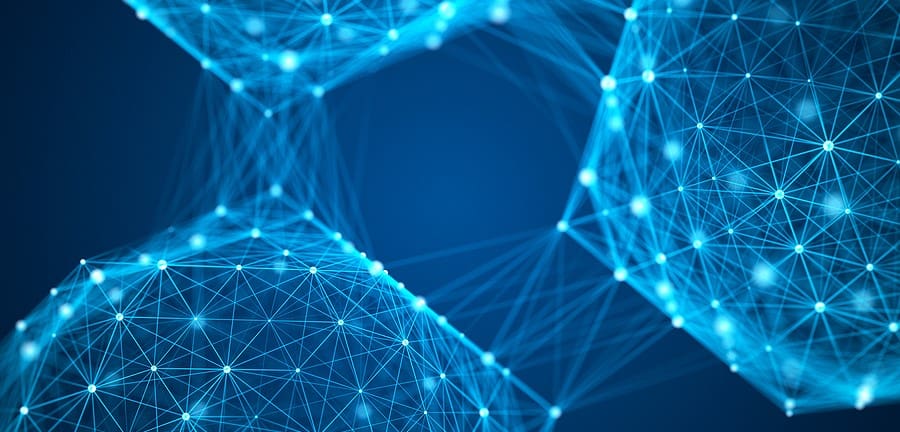Neural networks, a subset of artificial intelligence (AI), have revolutionized various aspects of our lives, from facial recognition to language translation. They are designed to imitate the human brain’s function and structure, enabling machines to learn from experience and make decisions in a human-like manner. However, despite their widespread use and profound impact, neural networks remain somewhat enigmatic. Unraveling these mysteries can provide us with deeper insights into how they learn to think.
At the heart of neural networks are algorithms that simulate the neurons in a human brain. These algorithms take in multiple inputs and produce an output based on those inputs’ weighted average. The weights assigned to each input determine how each input influences the final output. In this way, neural networks can process vast amounts of complex data.
The learning process service for generating content with neural network networks is similar to that of humans – it involves trial-and-error adjustments until they get things right. This is achieved through a method known as backpropagation where information flows backward through the network after an initial forward pass or prediction by comparing its output against actual results.
When there’s an error in prediction, which is common during early stages of training, backpropagation calculates how far off each neuron was from predicting accurately and adjusts their weights accordingly so that future predictions will be more precise. Over time and with enough data samples presented for learning purposes, these adjustments help the network improve its accuracy significantly.
However, one mystery about neural networks lies in their ‘black box’ nature – we often don’t know exactly why or how they reach specific conclusions based on given inputs because it’s hard for humans to interpret millions or even billions of weight values distributed across thousands or millions neurons within them.
This lack of transparency has raised concerns about using AI systems in critical areas like healthcare or autonomous vehicles where wrong decisions could lead to serious consequences such as misdiagnosis or accidents respectively.
To address this challenge researchers are developing techniques called explainable AI (XAI) that aim to make neural networks more interpretable and accountable. For instance, some methods visualize what individual neurons in a network are responding to or highlight parts of an input image that were most influential in driving the network’s final decision.
In conclusion, while we have made significant strides in understanding how neural networks learn and think, they still hold many mysteries. As we continue to unlock these secrets, it will not only enhance our ability to create more powerful and reliable AI systems but also shed light on the inner workings of our own minds.






